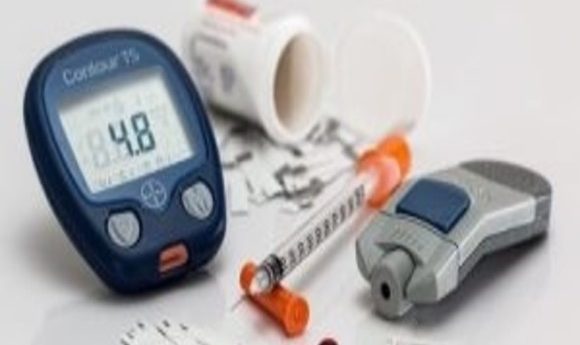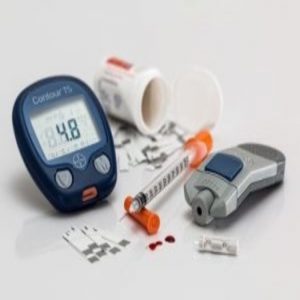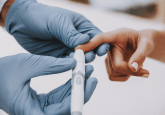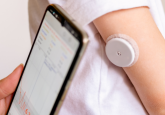An attractive treatment for diabetes

From ancient navigational gadgets to decorative fridge ornaments, magnets have wormed their way into our everyday lives. Now, magnets might revolutionize diabetes treatment.

Typical equipment used daily by diabetic patients.
Around four thousand years ago, a shepherd named Magnes was herding his sheep when he suddenly felt pulled to a large black rock by the nails in his shoes, which became firmly stuck. Magnes dug up the earth beneath his feet and discovered an unusual rock—a lodestone.
Two thousand years later, Chinese travellers manipulated lodestone to make instruments that directed needles toward the north to help them find their way. After another couple of thousand years, we use this material every day for harnessing electricity, building robots, and even decorating refrigerators. And now, a new article in Nature Communications describes how magnets can be used to treat diabetes.
Approximately 29.1 million people in the United States suffer from diabetes, with 8.1 million of these individuals so far undiagnosed. Diabetes is a lifelong condition, and there is currently no cure. Type I and II diabetes are both characterised by insufficient insulin secretion, so the available treatments aim to stabilize blood glucose levels, control symptoms, and prevent possible complications from developing.
Type II diabetes can usually be controlled by lifestyle changes or medication; however, regular self-administered insulin injections and continuous monitoring of blood glucose levels are imperative for patients with type I diabetes and some type II patients, when medication proves ineffective. Multiple daily injections are painful, and blood glucose tests, which require carrying a bulky portable external device, may not always be accurate.
Researchers have extensively sought ways to deliver insulin without the need for injections. Early attempts at developing implantable devices containing stimulus-responsive biomaterials and electronic circuits were promising; however, the devices were sometimes susceptible to ruptures, leaks, and expired batteries, making long-term insulin delivery infeasible.
Now, a research team from Seoul National University reports a new implantable device for on-demand insulin administration that does not rely on batteries. This friendlier device allows controlled insulin delivery via a pump and plunger, without the need for injections.
The device carries insulin in a refillable drug reservoir and patients control the pump using a simple-assembly of magnets via an external force on their skin. They control the insulin dose by varying the number of magnetic applications.
The researchers tested their newly developed device in a rat model of diabetes. The results showed rapid insulin infusion and a reduction in blood glucose levels, mimicking those seen with established clinical methods, such as insulin injections. The team designed their device to be leak-free, giving an accurate supply of insulin. It is not electronically controlled, so it requires no battery or electronic circuit, making this a more feasible method for long-term use in diabetic patients.





